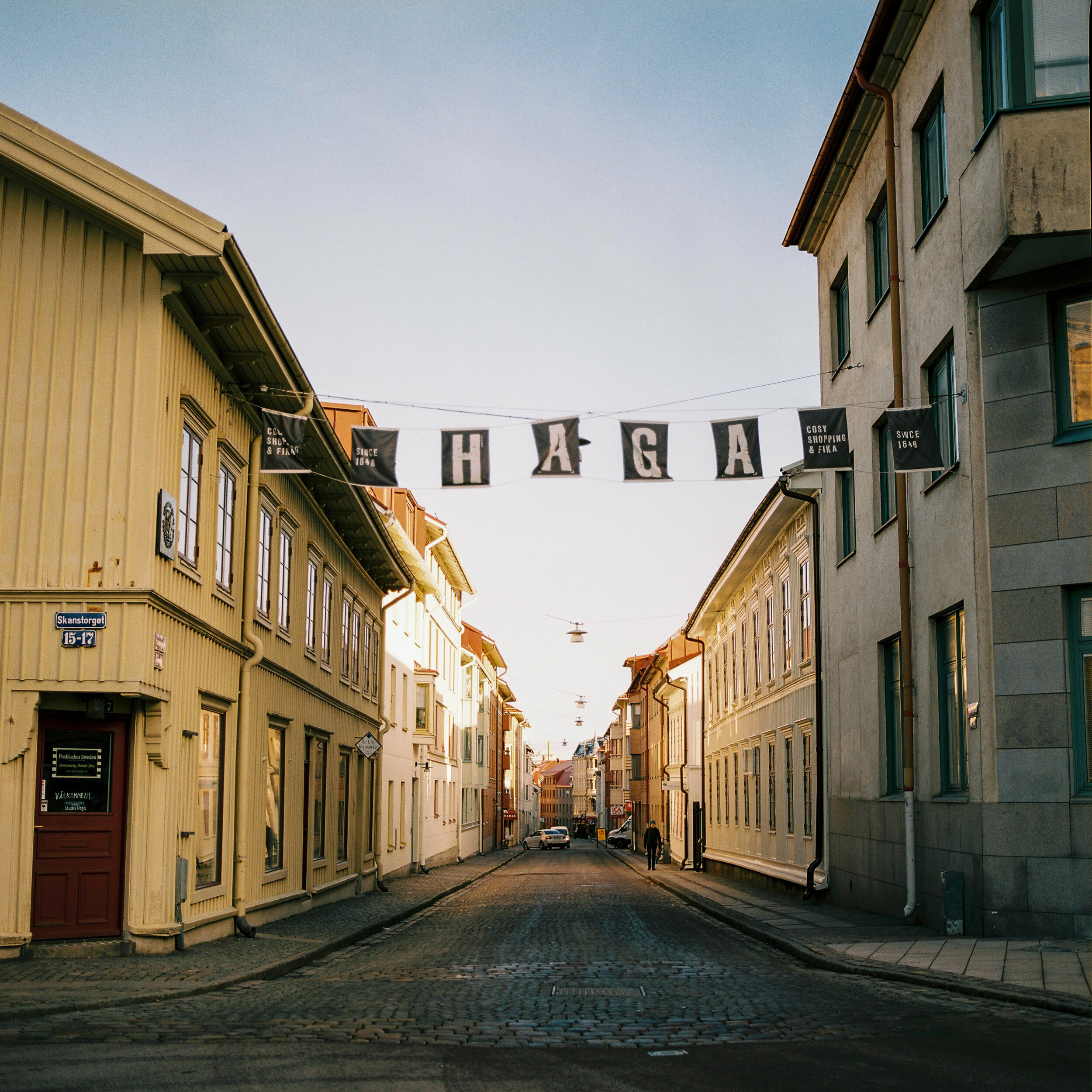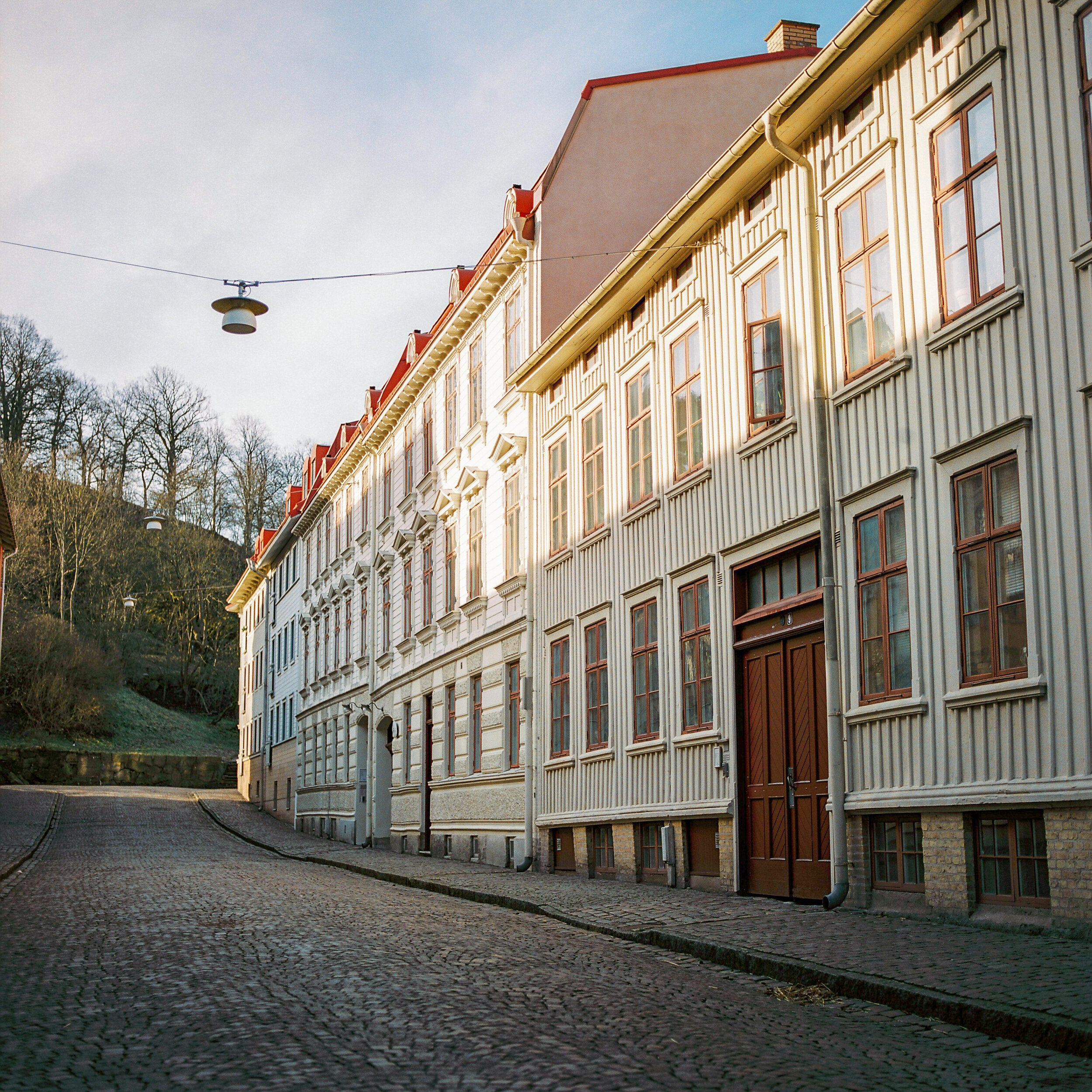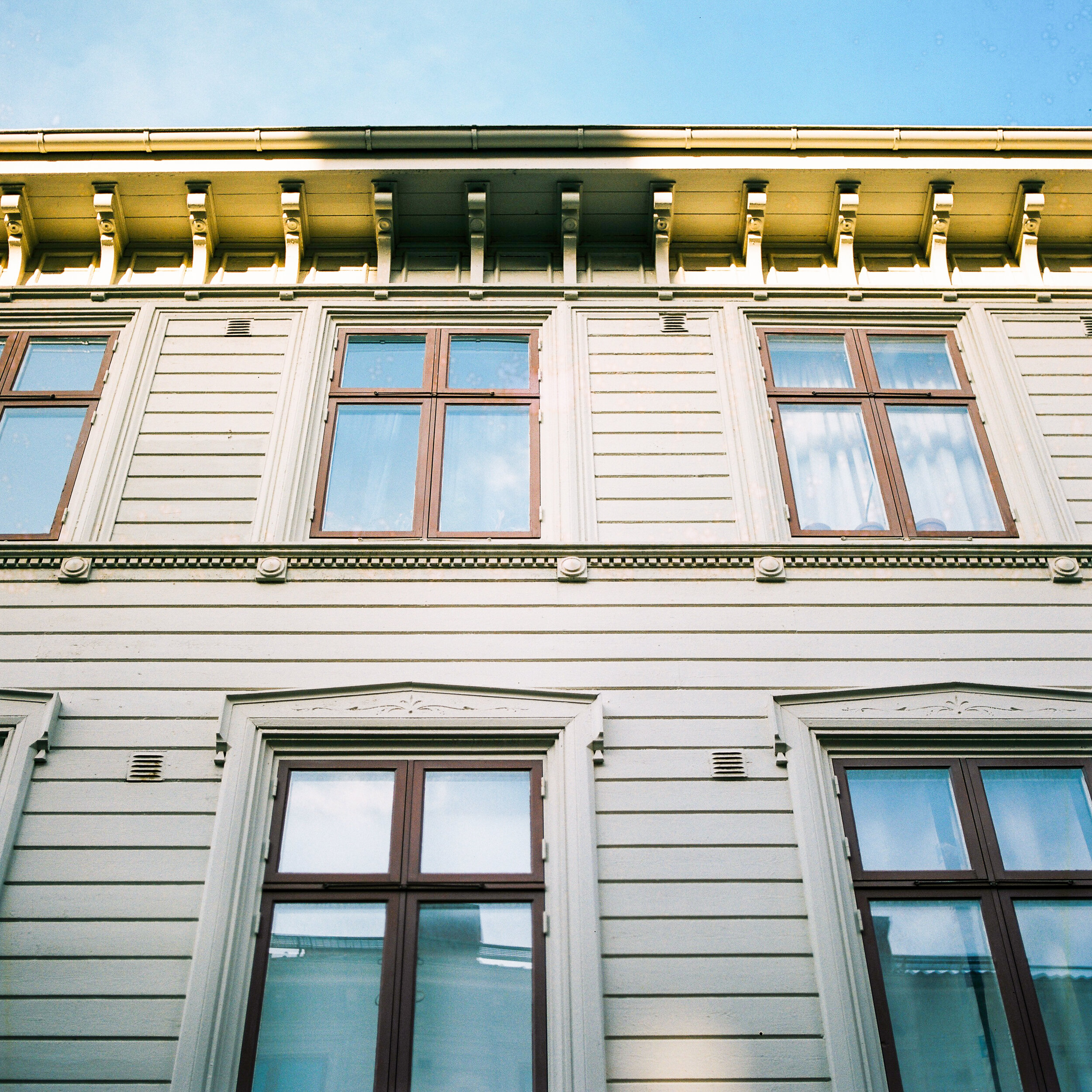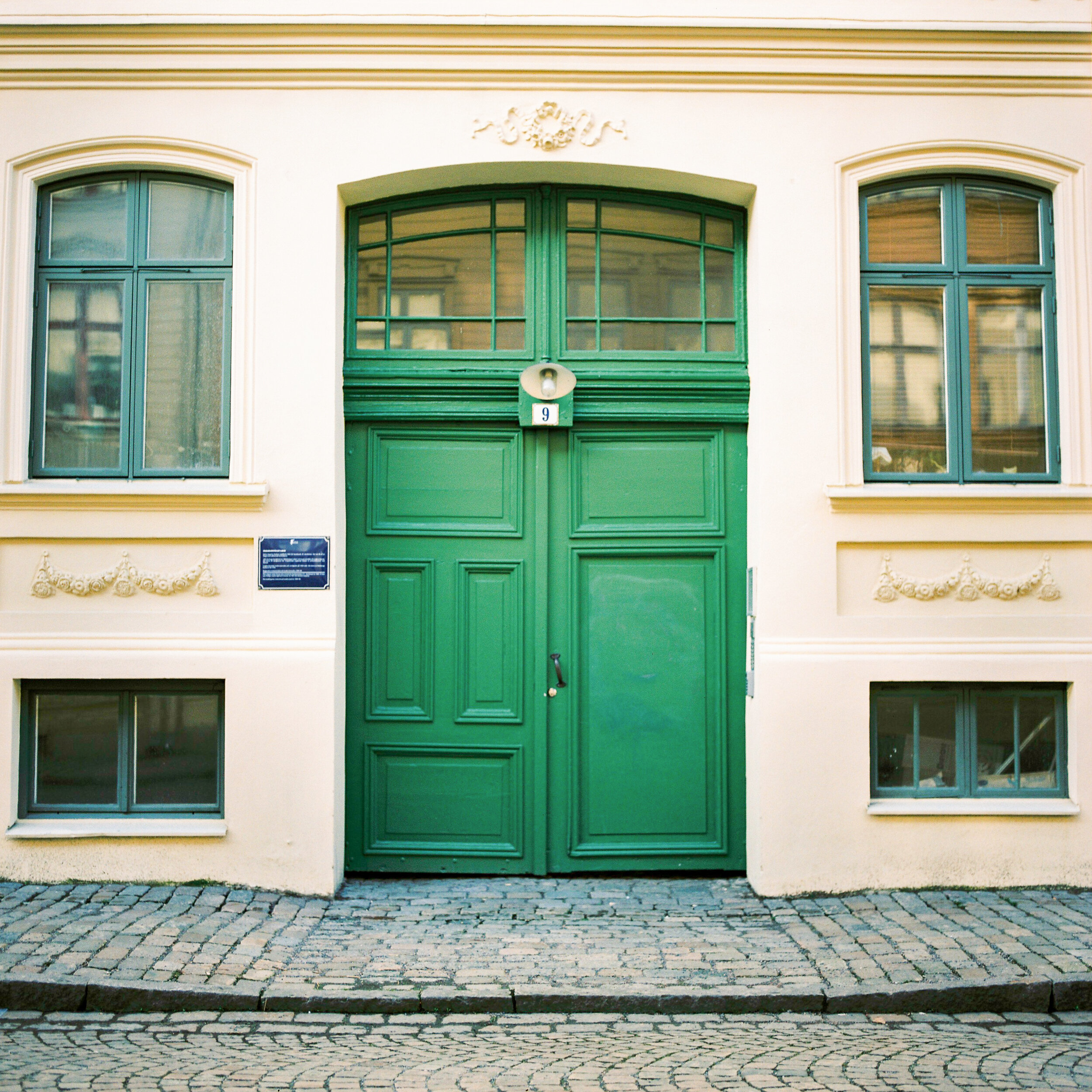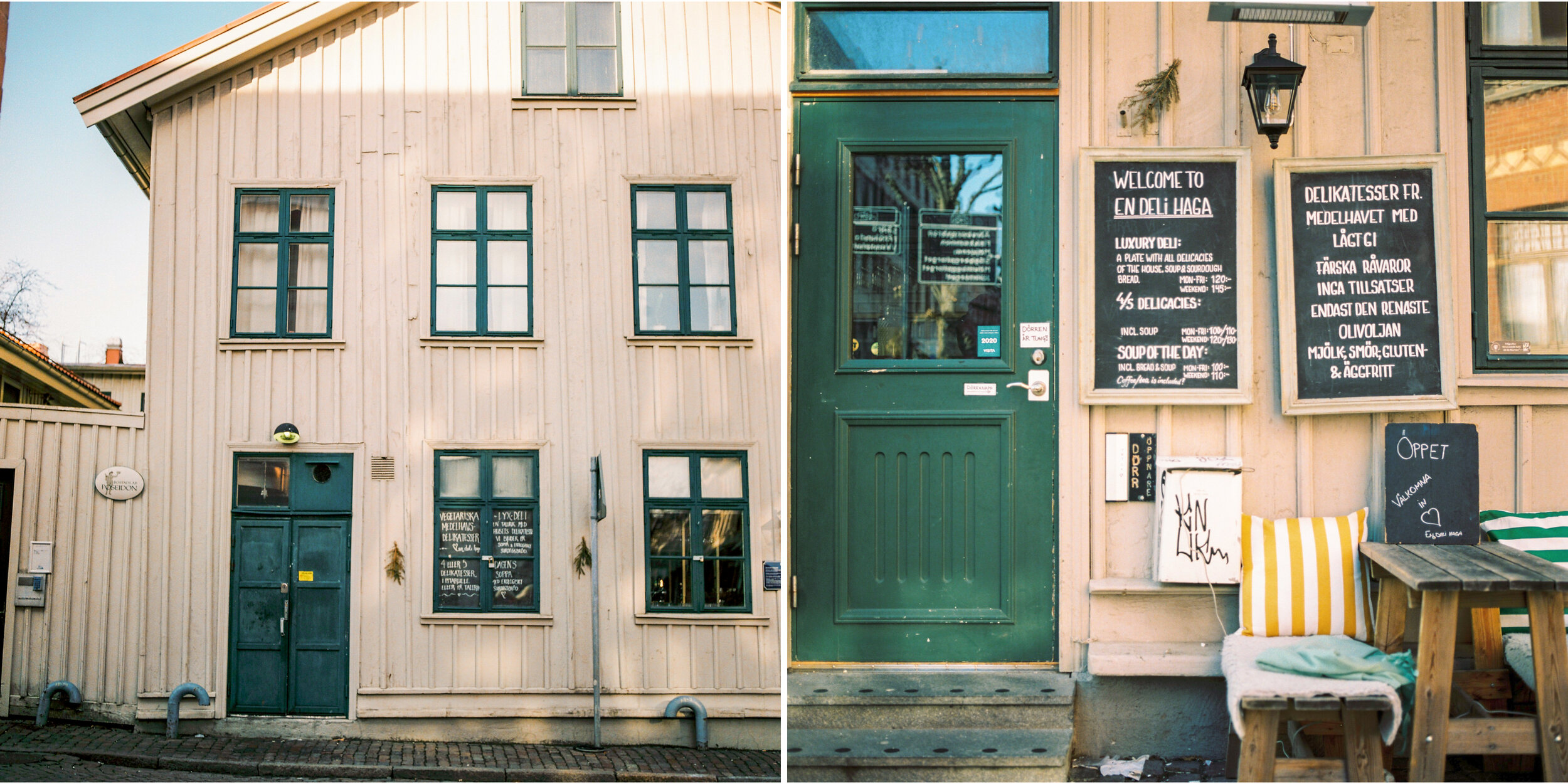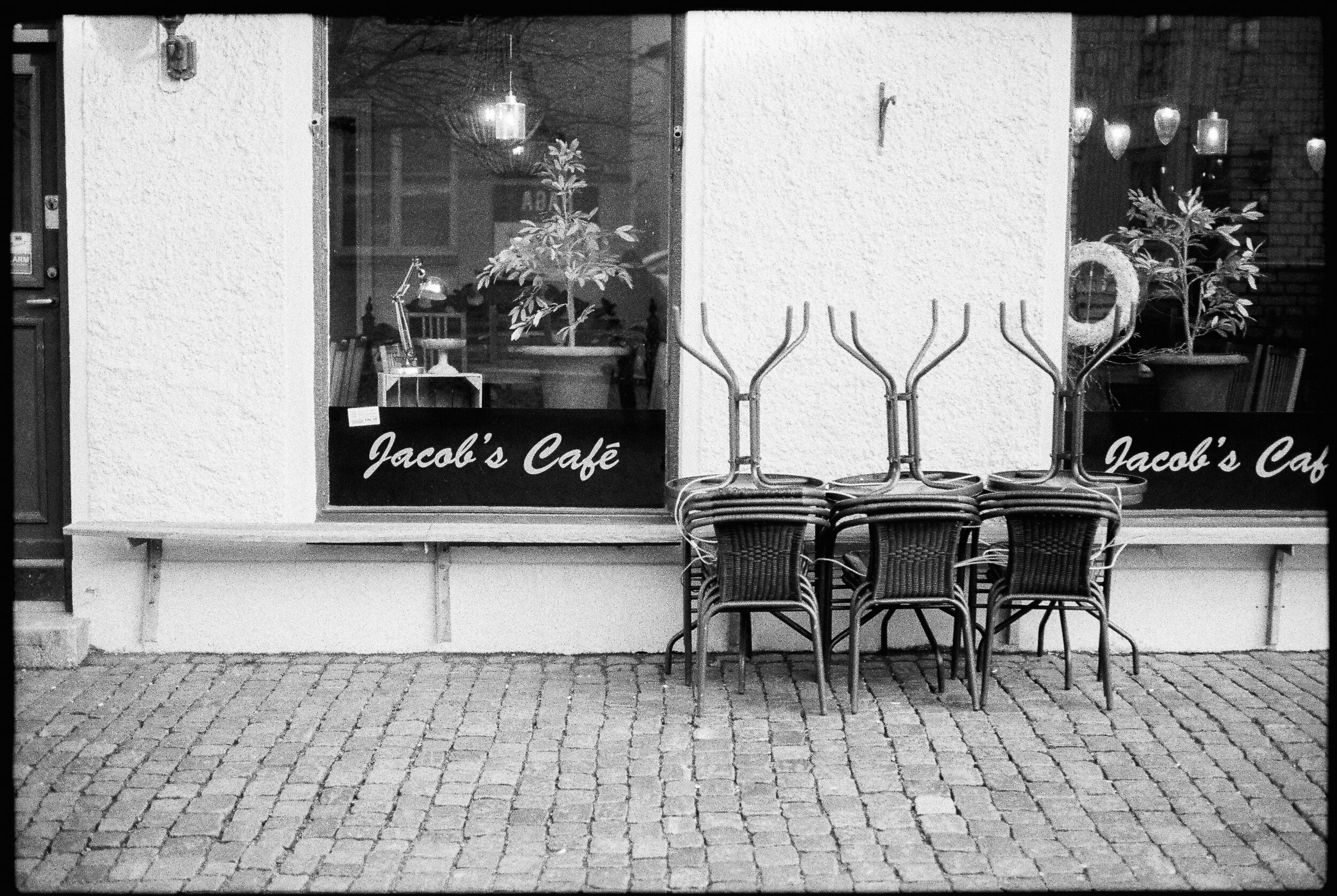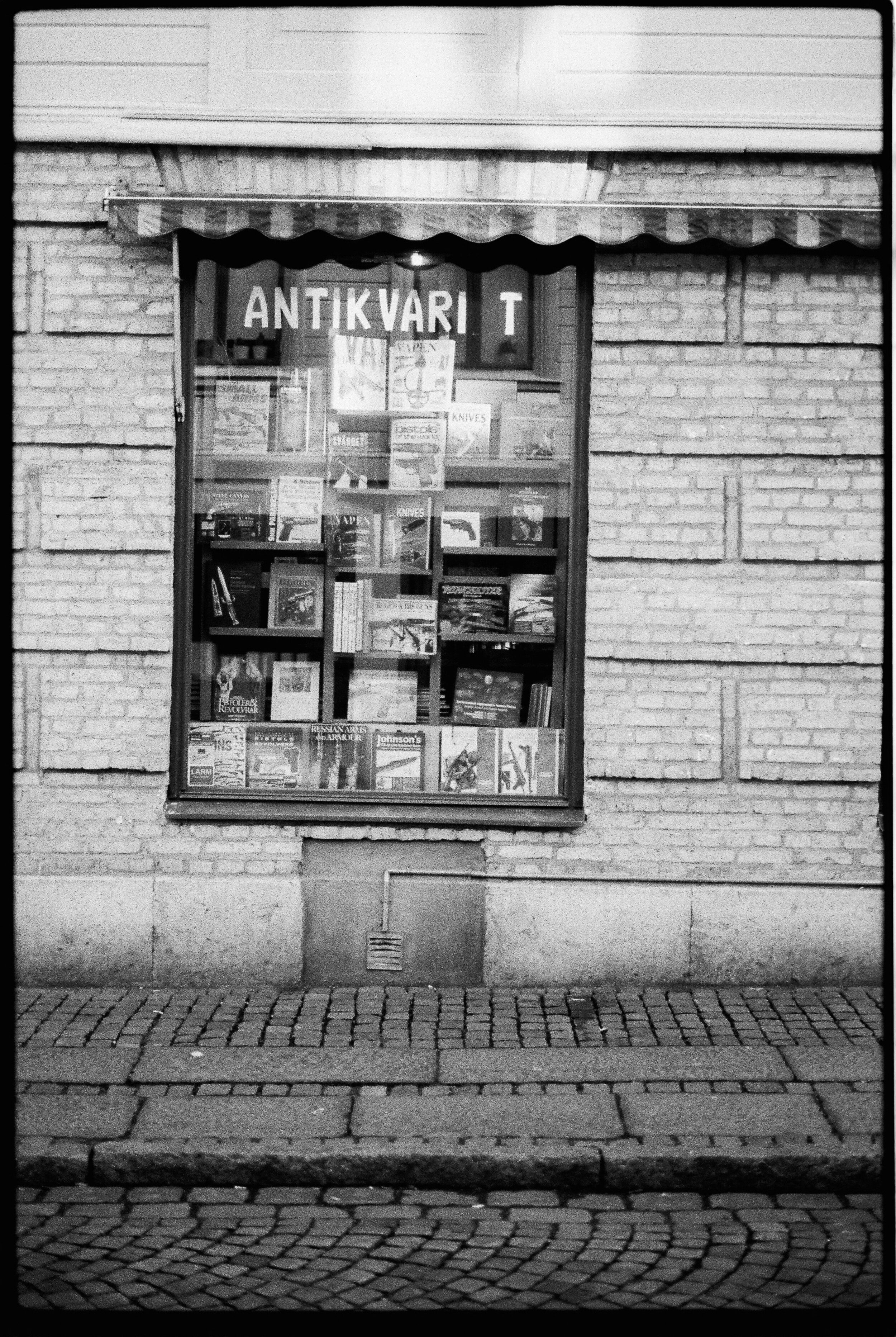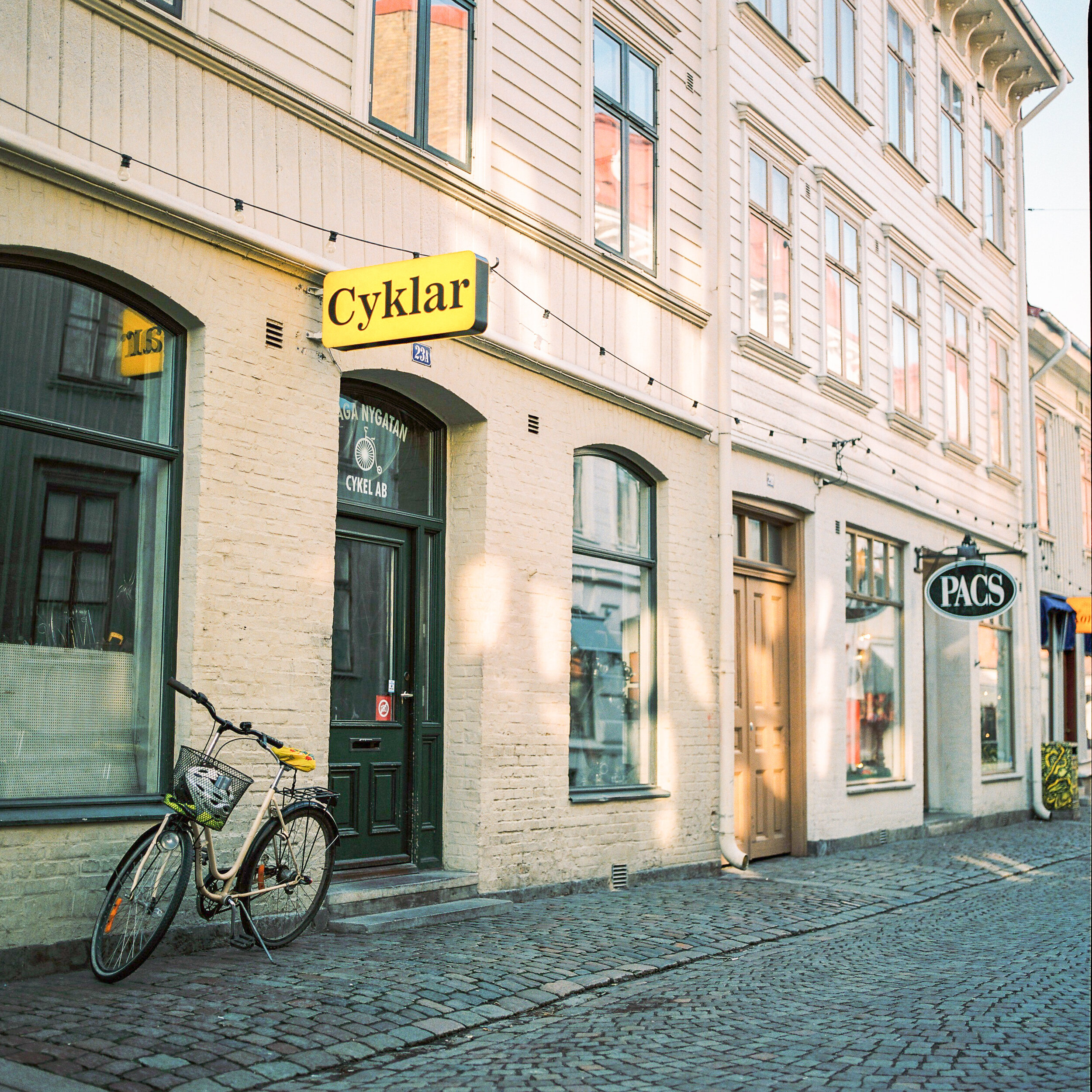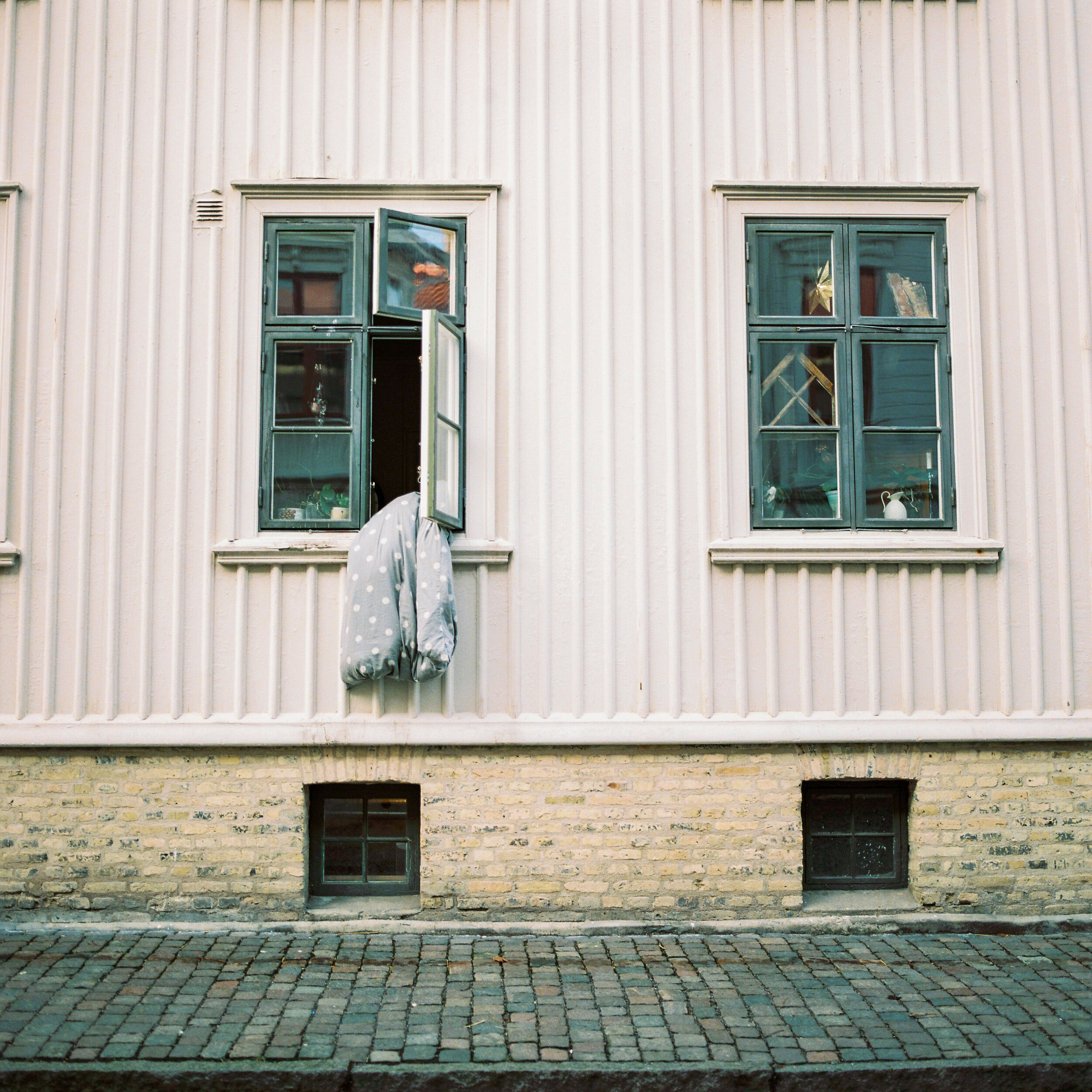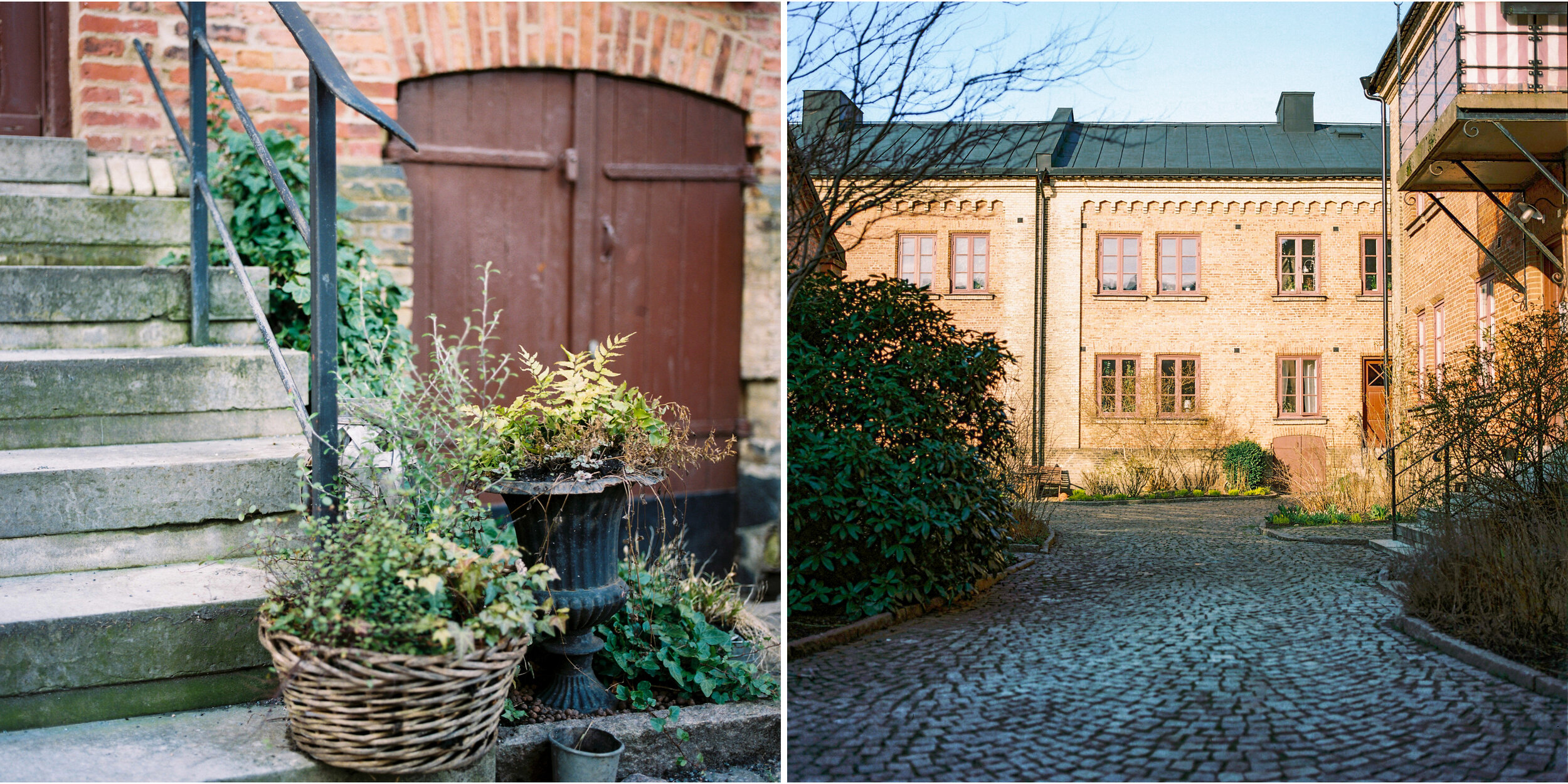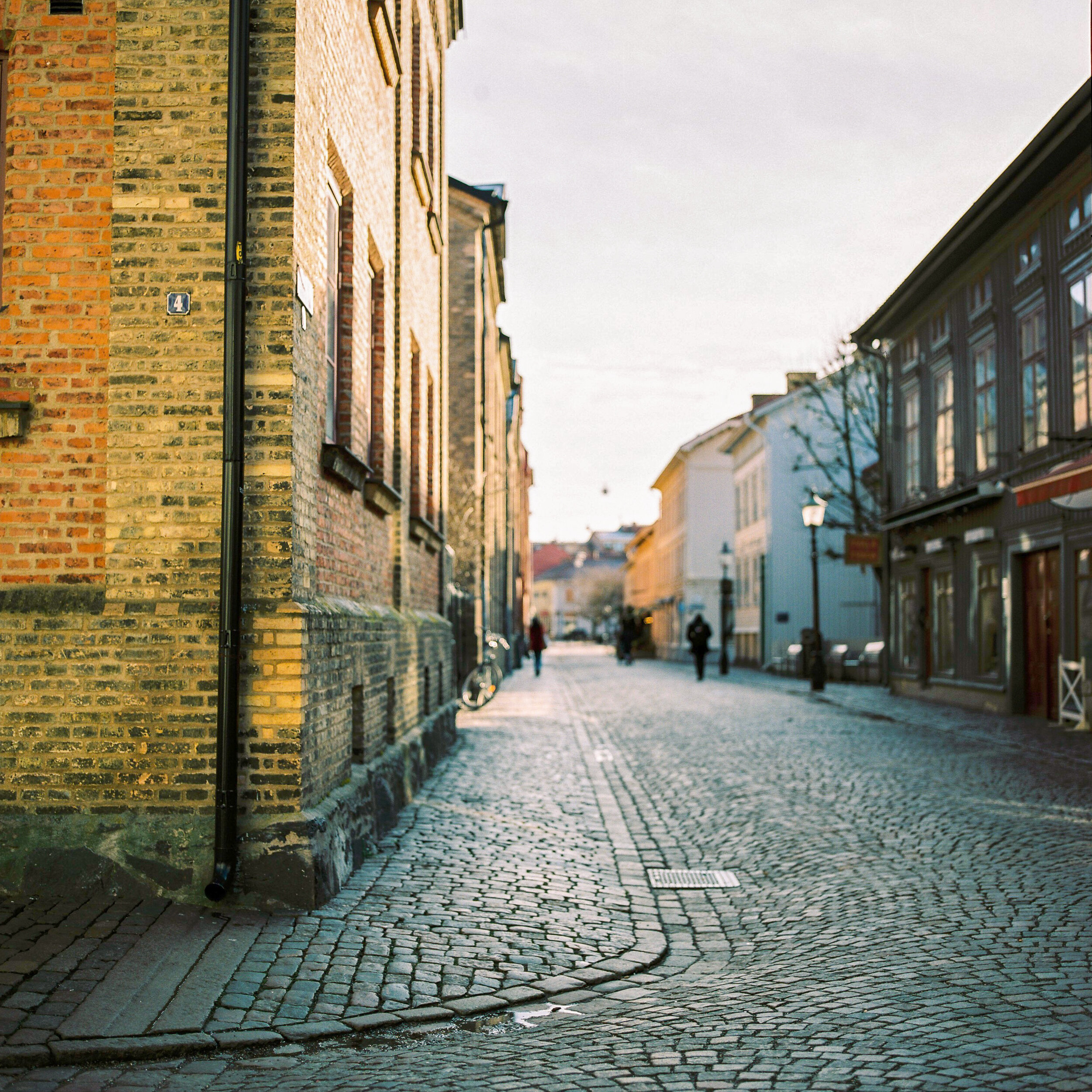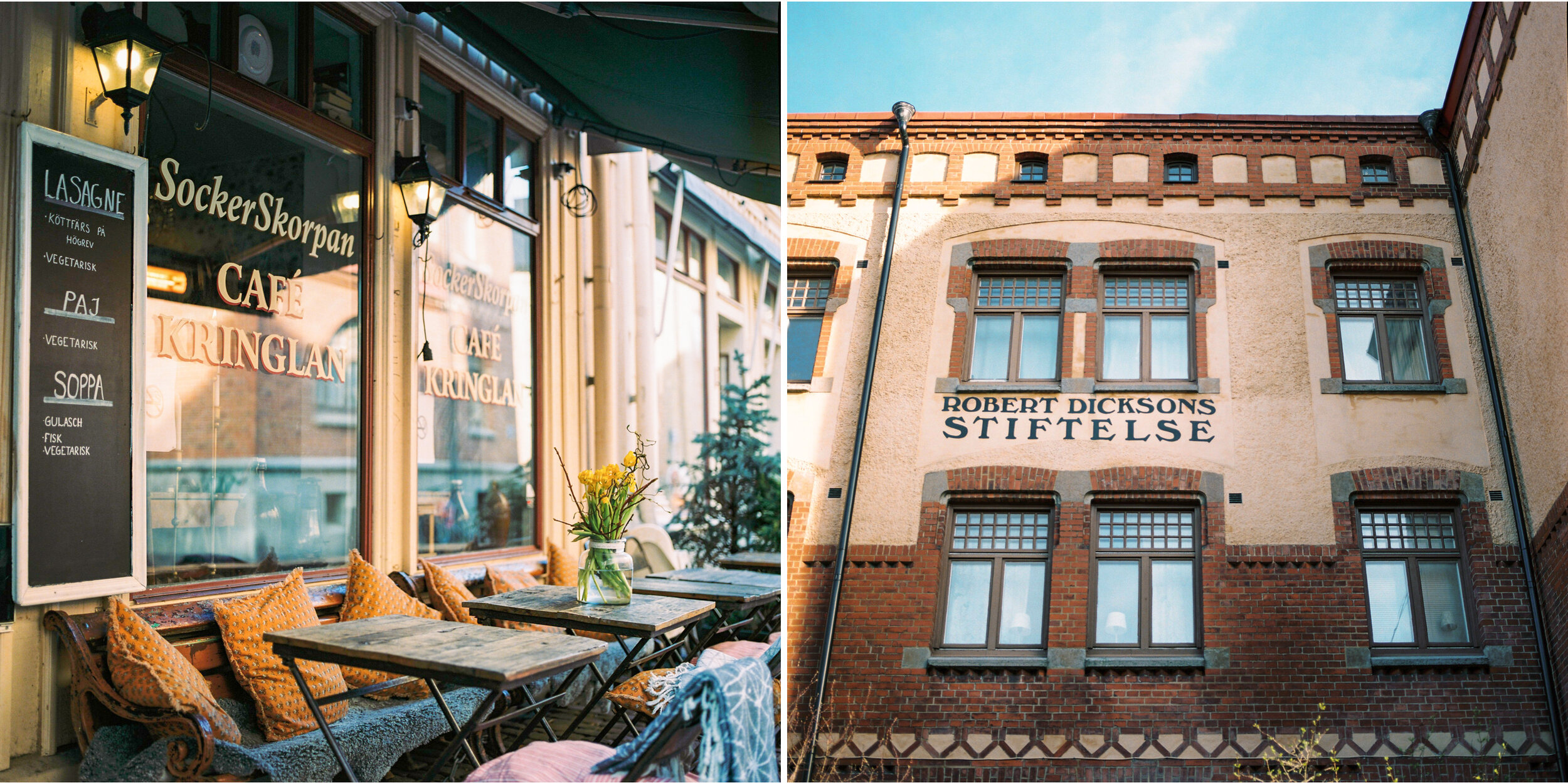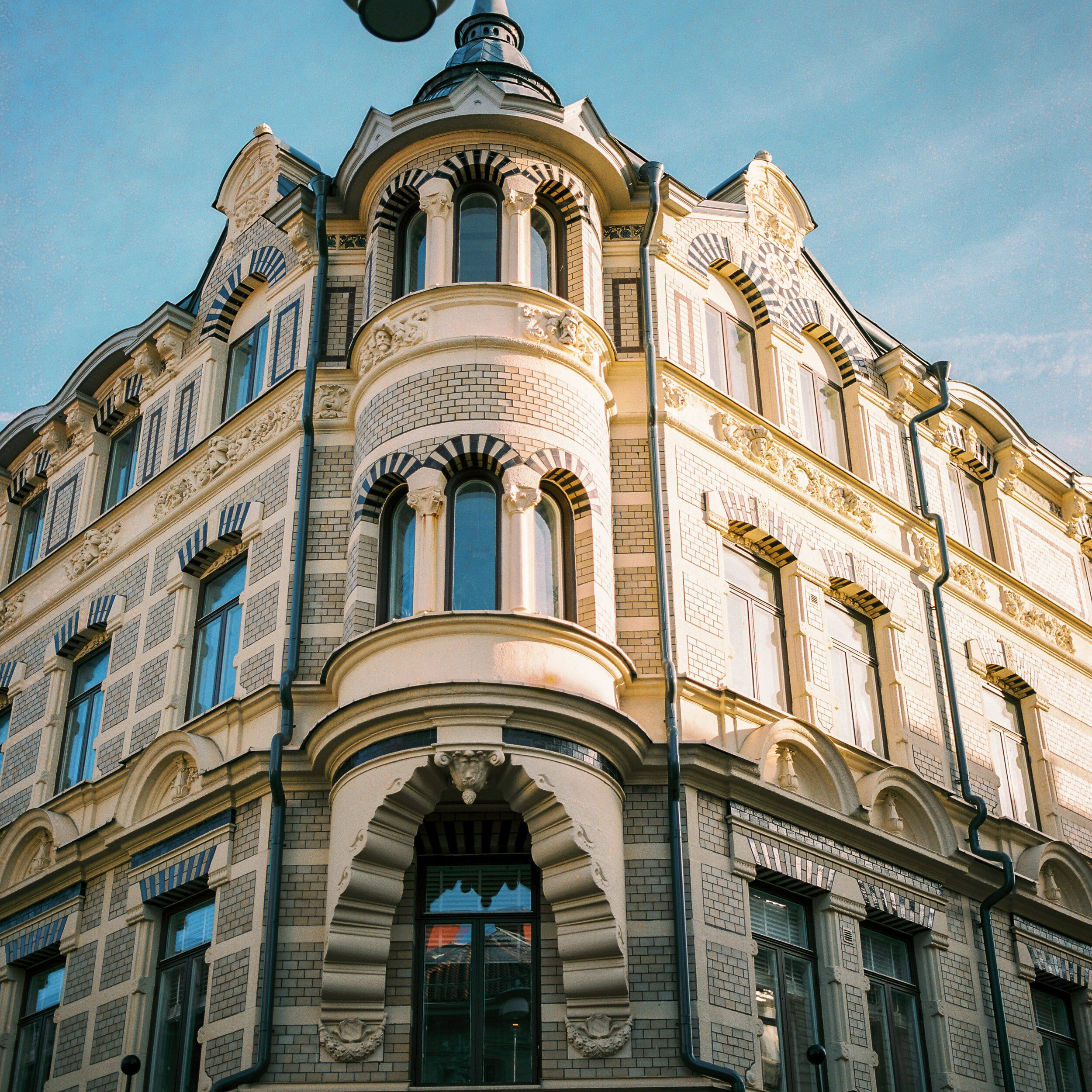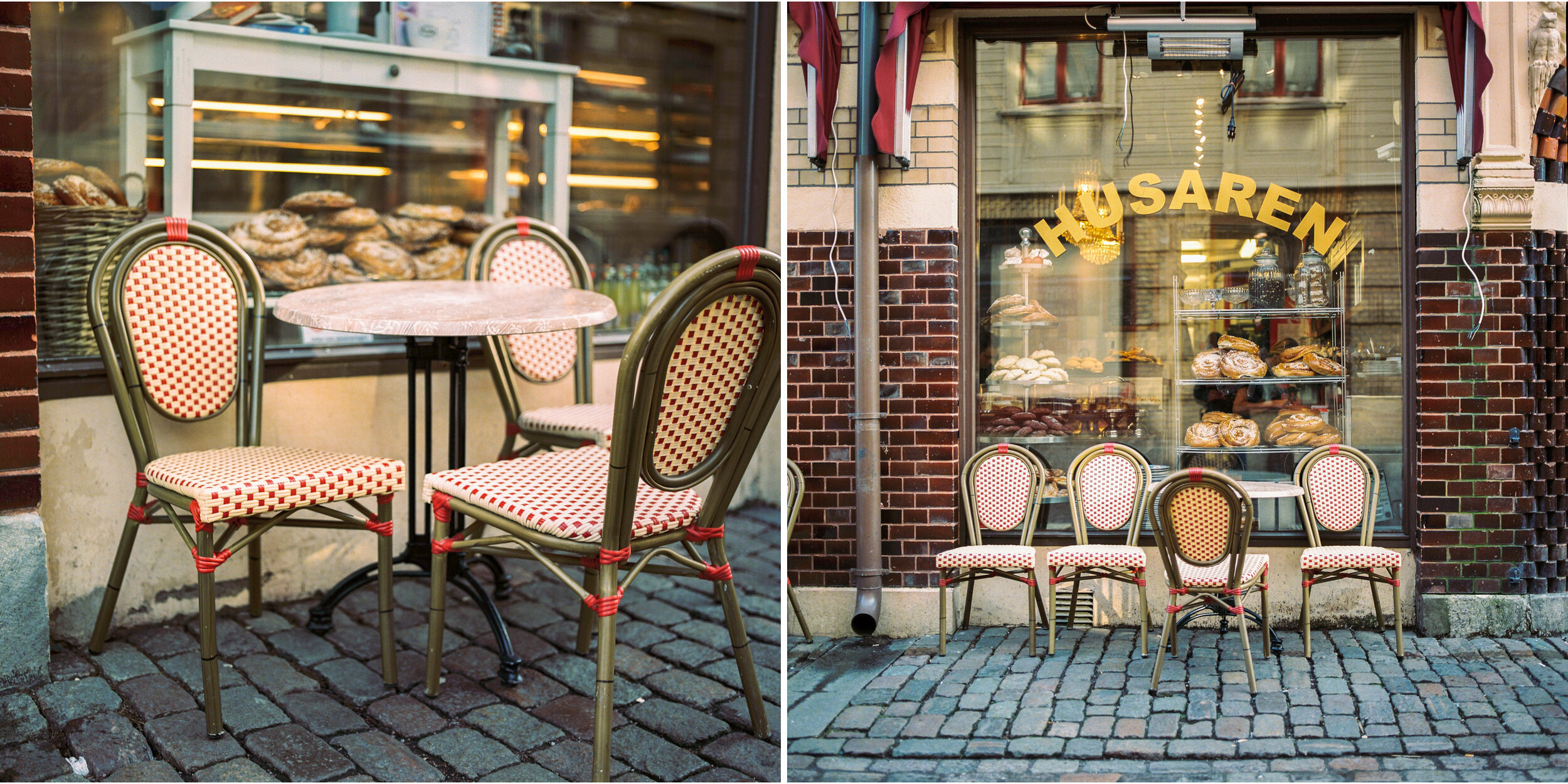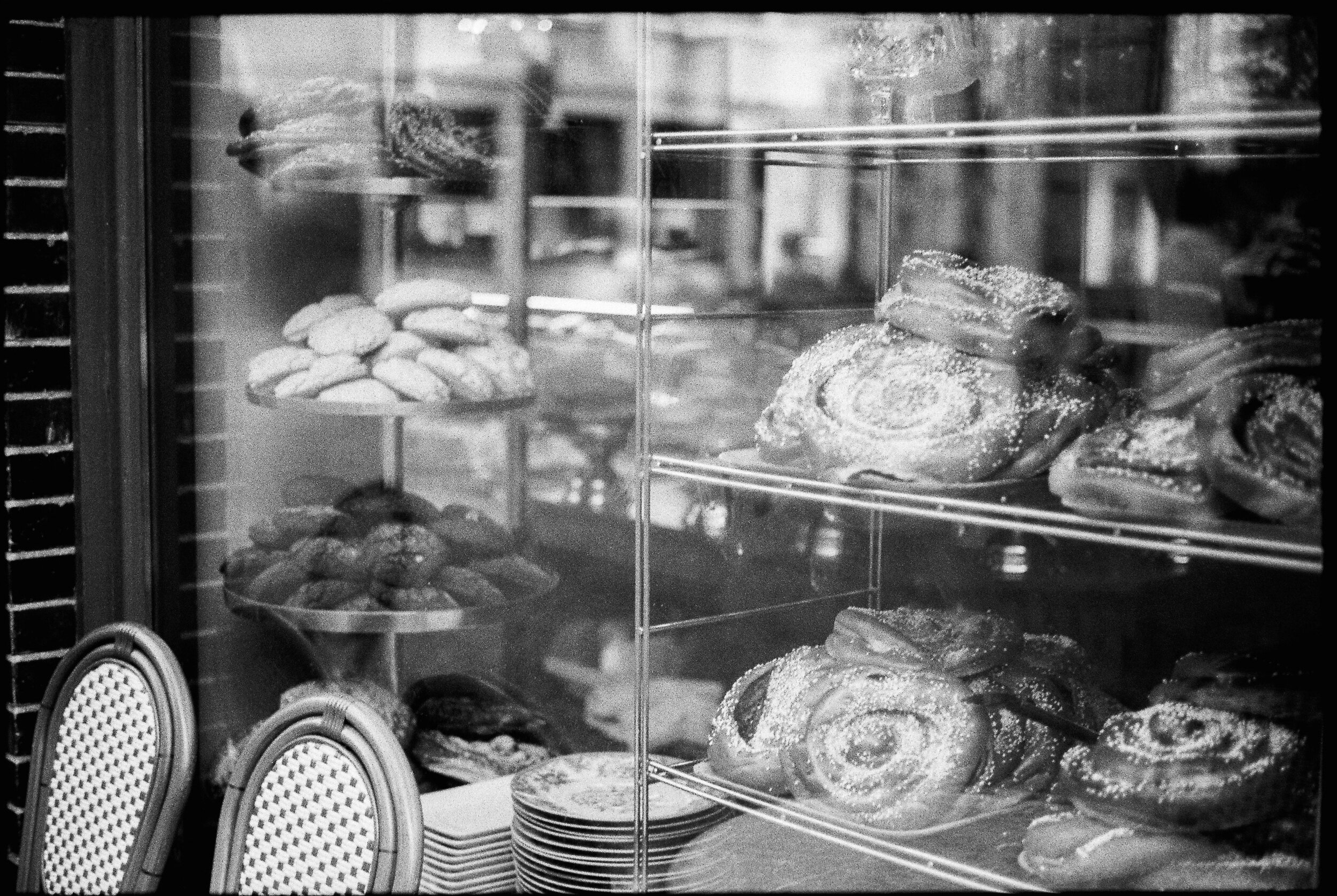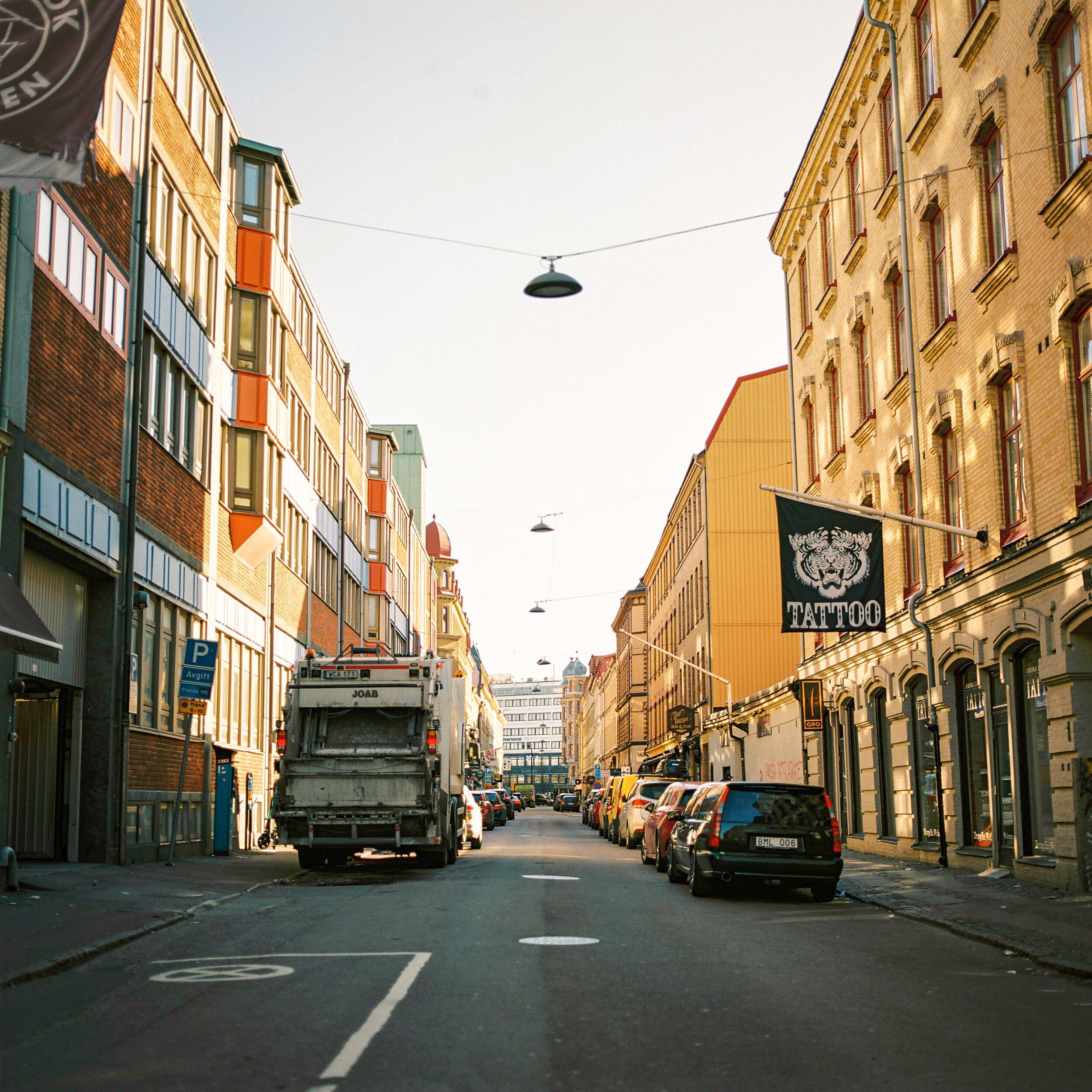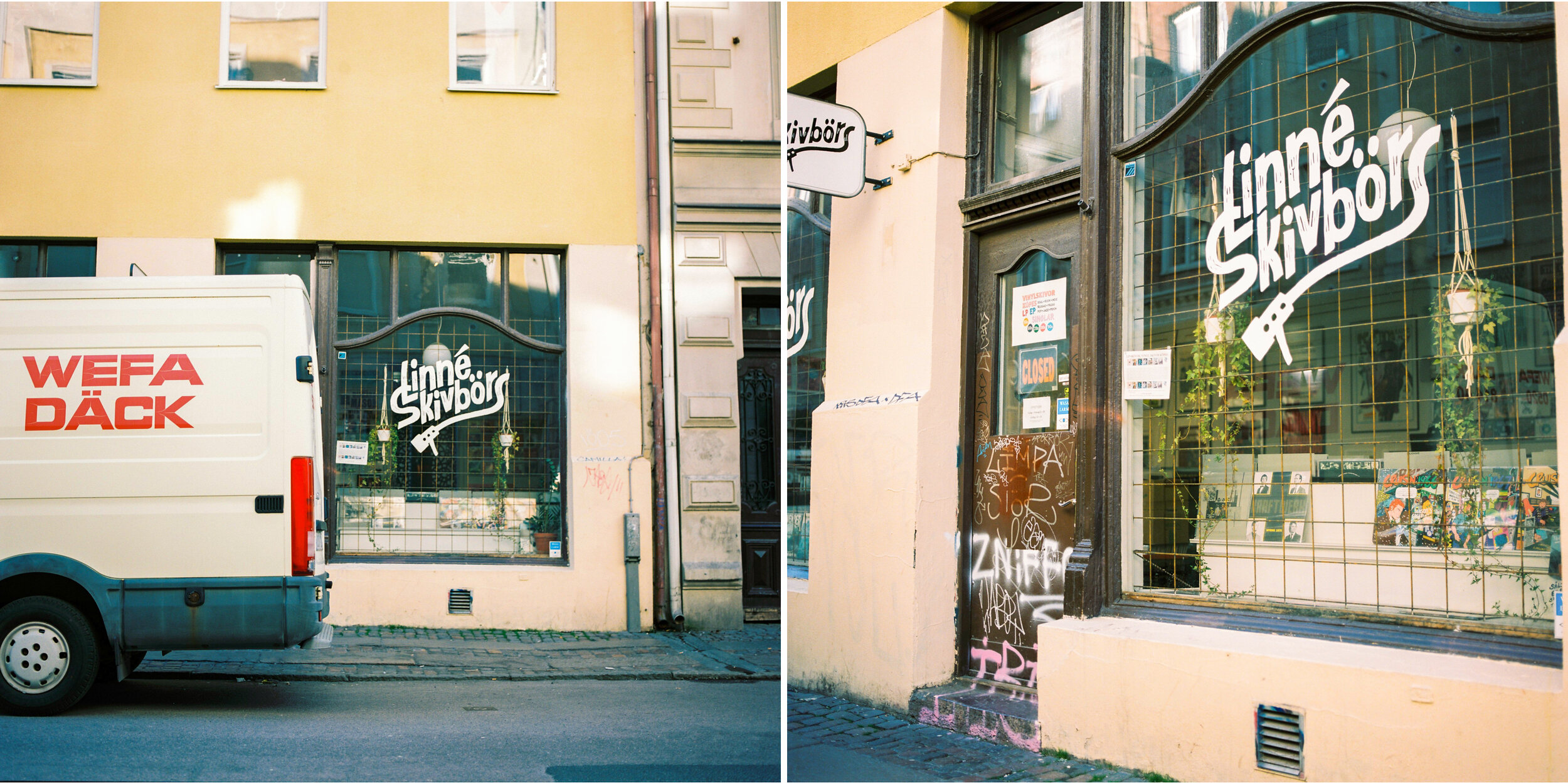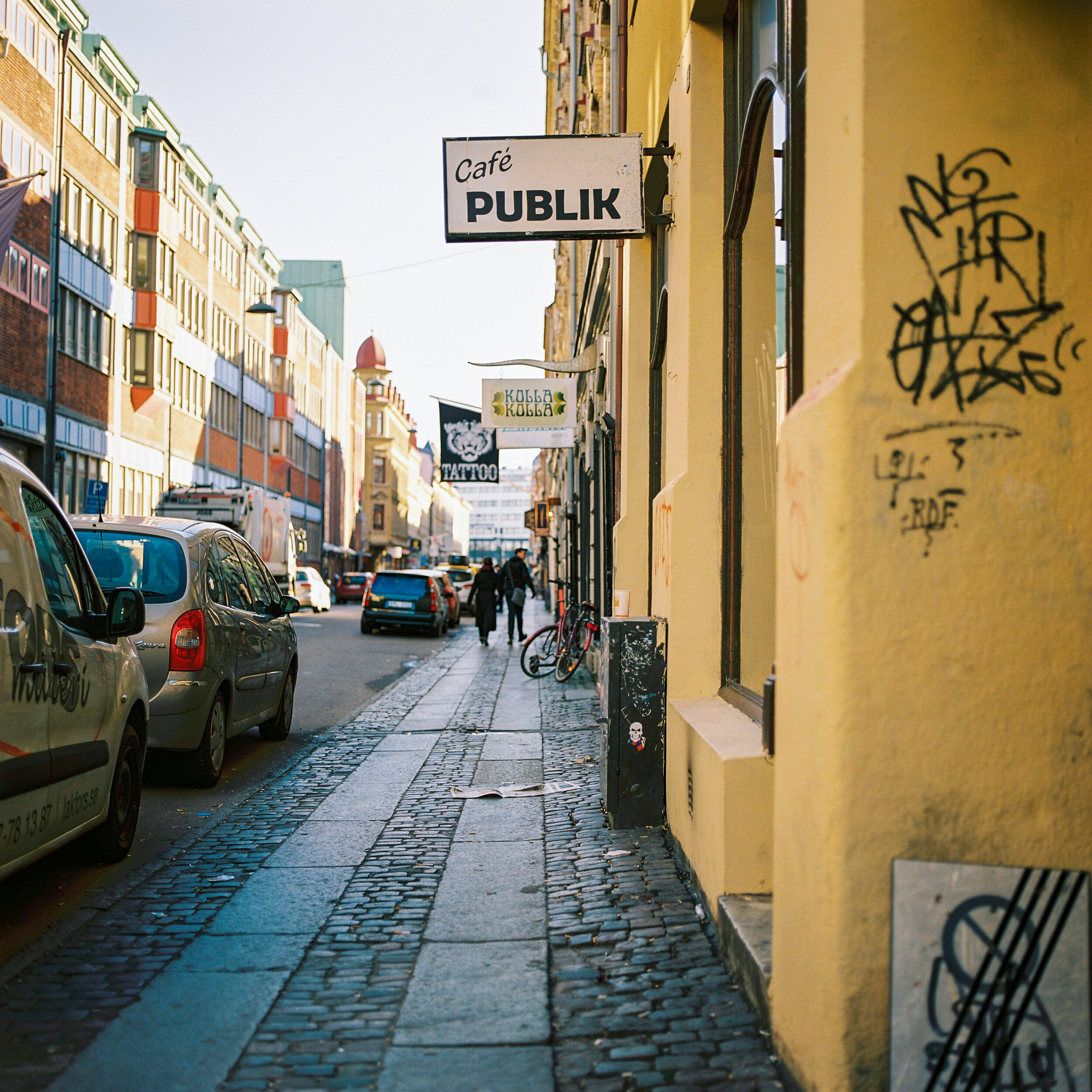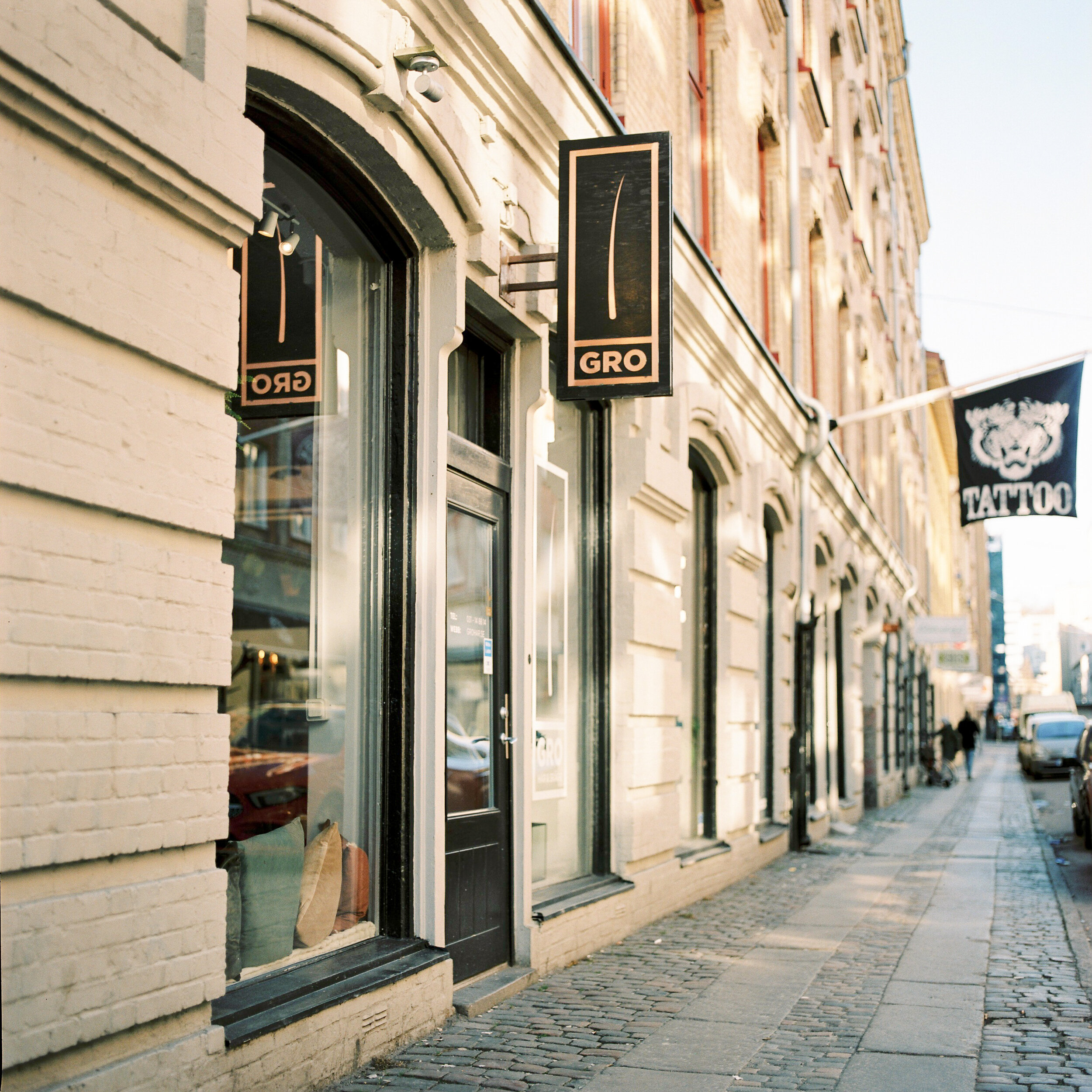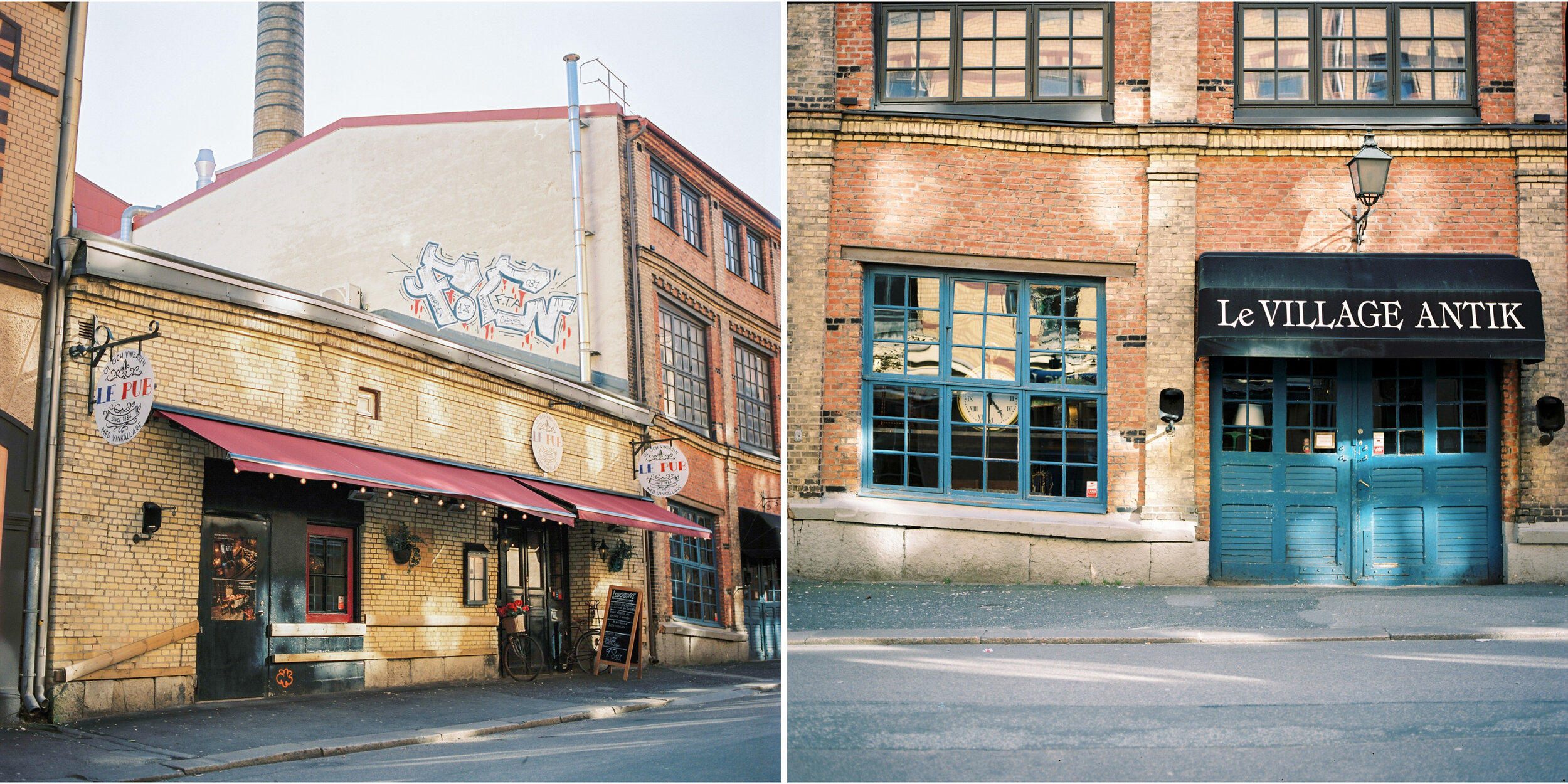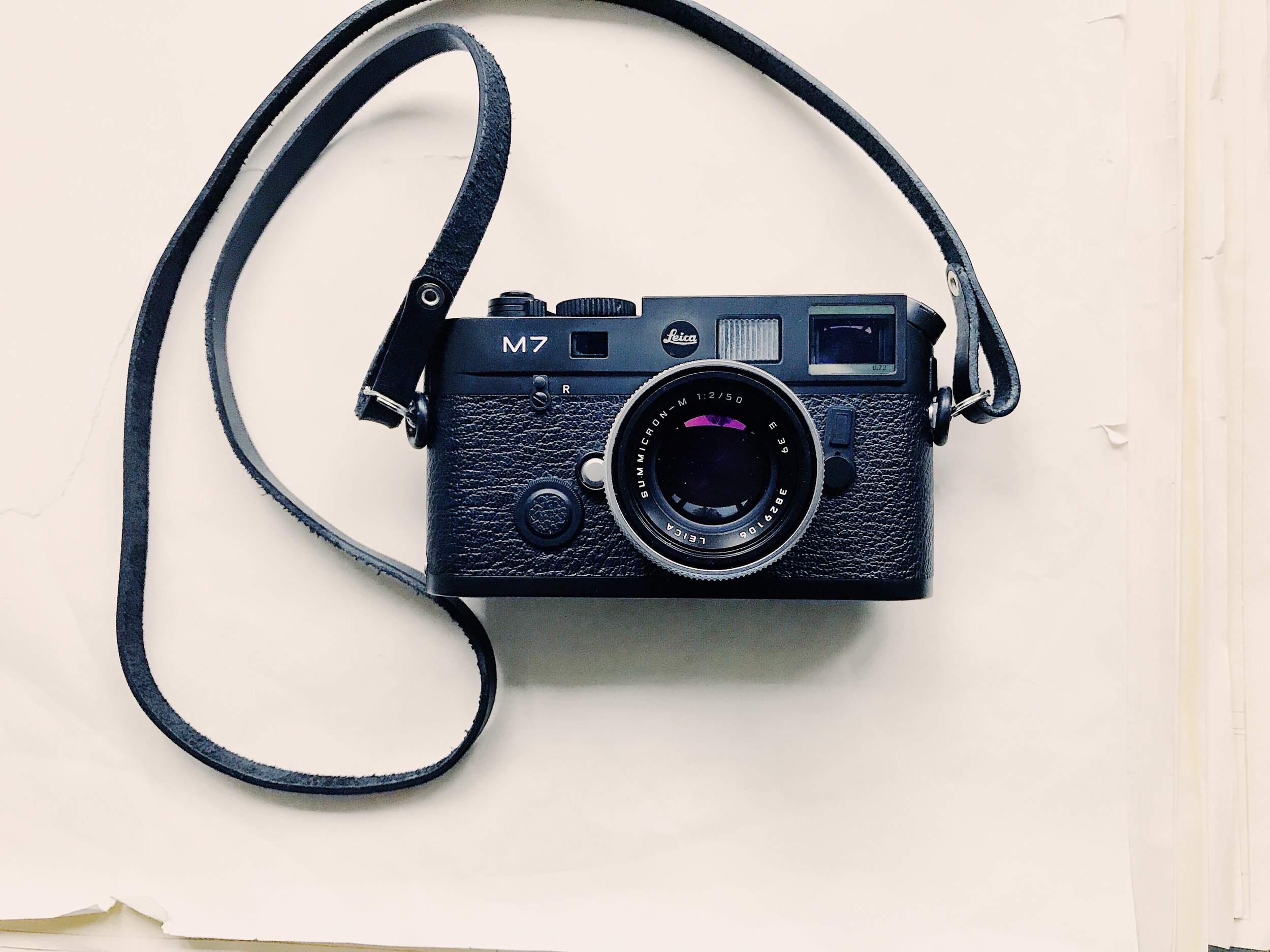I write this because I have thought about it for some time now. Is there enough technology around for digital cameras today? Do we really need more? I believe that we might peak when it comes to digital cameras (and what we need them to do).
As for pro work, the cameras, in my opinion, have been good enough for quite some time, but since the mirrorless cameras have evolved to what they are today, I could easily get one and be happy with it’s performance for a long time. It will not get any worse as new cameras comes out. And I wouldn’t see the point in them getting any smaller than for example the Sony a7 series. Lenses on the other hand, I could see the benefit of them getting smaller and lighter.
As for personal work I think there are plenty of cameras out today that would do more than enough for you as a photographer in like forever. Take the Fujifilm X-E3 for example. Its tiny, still it has as the same image quality as the X-Pro2 and is as fast as the X-T3. I can’t possibly see why any amateur would need more than that for any type of shooting/printing.
Then we come to the digital Leica M cameras. I had the Leica M (Typ 240) and although it gave great results I didn’t think technology or design had come to it’s peak with that model. The new M10 on the other hand seems to have it all figured out. Both a slim design and technology more than good enough (including high ISO) for any photographer. Now I wonder if a digital camera could be bought with the same idea of an analog camera, that it would last me a lifetime? The performance won’t get any worse and it would always be as great of a camera as the day I bought it. Apart from battery life, that will get worse over time, I can’t see of any reason why it wouldn’t serve me and my camera needs forever. Or am I missing something? The obvious would be value. What is a digital camera worth after many years? As a pro camera I have the Nikon D800. An amazing camera when it came out, and still is amazing but for almost no money (in pro gear terms). I don’t see it drop much more in value over the years to come. As long as someone makes batteries for it I could hypothetically keep it around forever (as long as someone could repair it and my needs for client work wouldn’t change).
That brings me back to Leica. My dearest of camera brands. A camera that has really helped me in getting the images I want. I find my work pretty minimalistic and somewhat poetic. I have found that a “basic” camera design, like the analog M (7 in my case) is my ultimate camera. It becomes an extension of my work and my philosophy. I just can’t to get the same images with a Nikon D800. Technically I could, with it being far superior camera in that aspect, but no. I have a lot of stress within me in my daily life and I’ve found that using a Leica M helps me with that. I could of course turn many functions off on a D800 or X-E3, and I do, but it ‘s still not the same.
I have come to realize that and LCD screen does nothing but distract me. Both when shooting and reviewing images. On my family camera, the Fuji X-E3 I have turned the LCD off completely. And what a difference. I get way more focused on what’s happening in the viewfinder. And Leica, adding that clear rangefinder on the camera, makes it even more of a difference. Nothing stands in the way of me and my vision.
